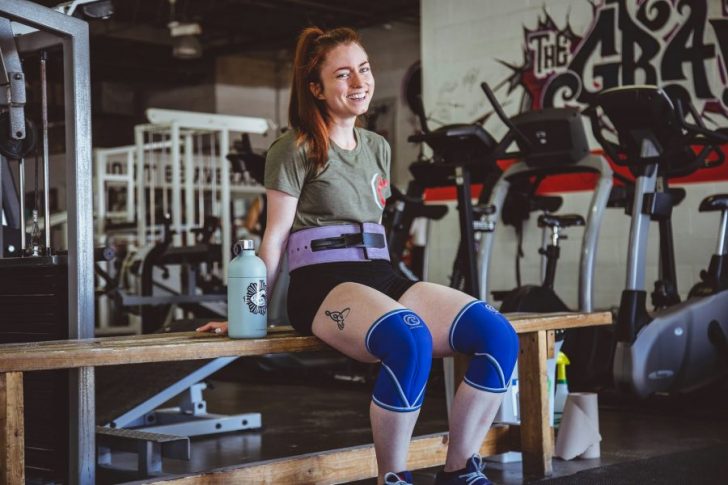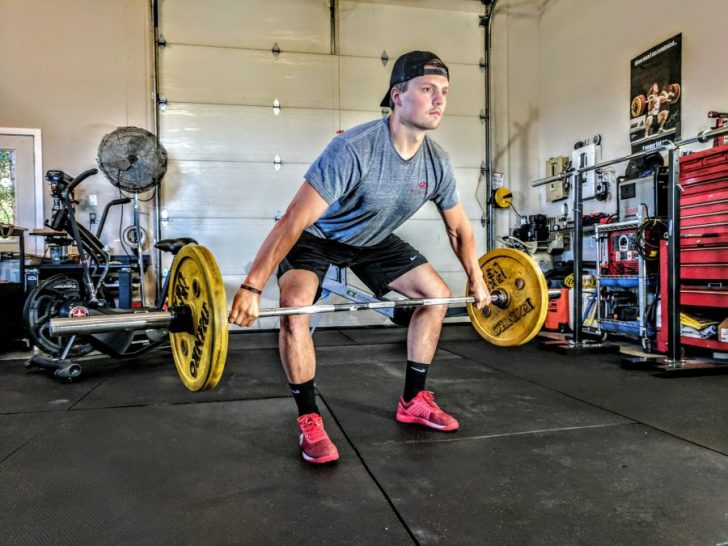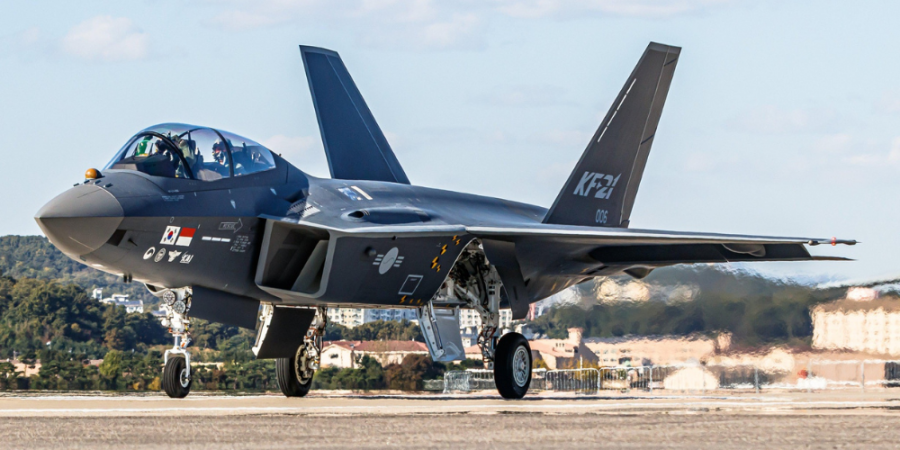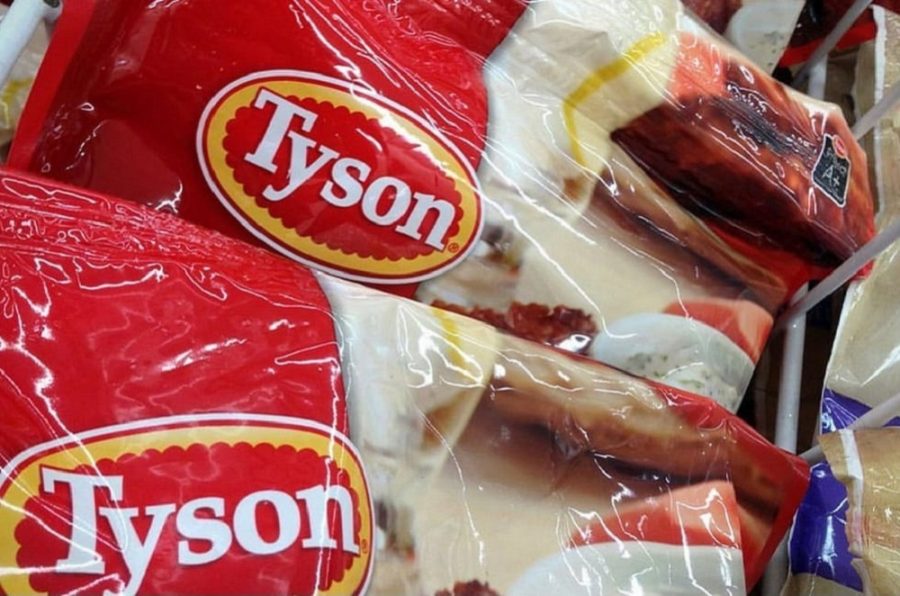Olympic lifting movements are more than just impressive displays of strength. They are foundational exercises that enhance power, coordination, and athletic performance. If you are new to Olympic lifting, starting with the right movements is key.
In this guide, we will break down four essential Olympic lifting movements that every beginner should master: the Front Squat, Power Clean, Push Jerk, and Squat Clean. Each of these exercises not only builds strength but also improves your technique, setting you up for success in more advanced lifts down the line.
Front Squat: Essential For Building Strength and Stability
The Front Squat is one of the core Olympic lifting movements that is crucial for beginners. It primarily targets the quadriceps. However, it also engages the core, glutes, and upper back, making it a full-body exercise. The lift starts with the barbell resting on the front of your shoulders, requiring you to keep your elbows up and your chest proud.
This position challenges your core stability while also reinforcing good posture, which is vital for all Olympic lifting movements.

Alora / Unsplash / For beginners, mastering the Front Squat sets the foundation for more complex lifts, like the Clean and Jerk.
It teaches you how to control heavy weights and maintain balance throughout the entire range of motion. As a beginner, focus on perfecting your form before adding more weight.
This will help prevent injuries and ensure that you are building strength evenly across all muscle groups. The Front Squat is not just about squatting down and standing up. It is about learning to move efficiently and powerfully.
Power Clean
The Power Clean is another fundamental Olympic lifting movement that introduces you to the explosive power required in weightlifting. It is a dynamic movement that involves pulling the barbell from the ground, accelerating it through the hips, and catching it on your shoulders. This lift engages nearly every muscle in your body, with a strong emphasis on the hamstrings, glutes, and back.
However, for beginners, the Power Clean can seem complex. But breaking it down into phases can make it more manageable. Start by mastering the initial pull from the ground, focusing on keeping the barbell close to your body. As you become more comfortable, work on the hip drive and the catch, ensuring that you land with your knees slightly bent and your chest up.
Push Jerk
This lift starts with the barbell resting on your shoulders, similar to the Front Squat, but instead of squatting, you dip slightly and use the power from your legs to drive the barbell overhead. The Push Jerk requires a combination of strength, speed, and precision, as you need to lock out your arms quickly while maintaining control of the weight.

Sam / Unsplash / If you are a beginner, mastering the Push Jerk is crucial for improving your overall Olympic lifting technique.
After all, it teaches you how to generate power from your lower body and transfer it to your upper body, which is a key skill in many Olympic lifting movements. Focus on keeping your core engaged and your movements sharp.
Squat Clean
The Squat Clean is perhaps one of the most challenging Olympic lifting movements, combining the explosive power of the Power Clean with the depth of a Front Squat. This lift involves pulling the barbell from the ground, quickly getting under it, and catching it in a deep squat position.
Remember, the Squat Clean does not require strength only. But it also demands agility and precise timing, making it a true test of your Olympic lifting skills.
Beginners should approach the Squat Clean with patience, focusing on each phase of the lift separately. Start by practicing the Front Squat and Power Clean individually until you are comfortable with the movements. Then, work on combining them into the Squat Clean, ensuring that you maintain proper form throughout the lift.










